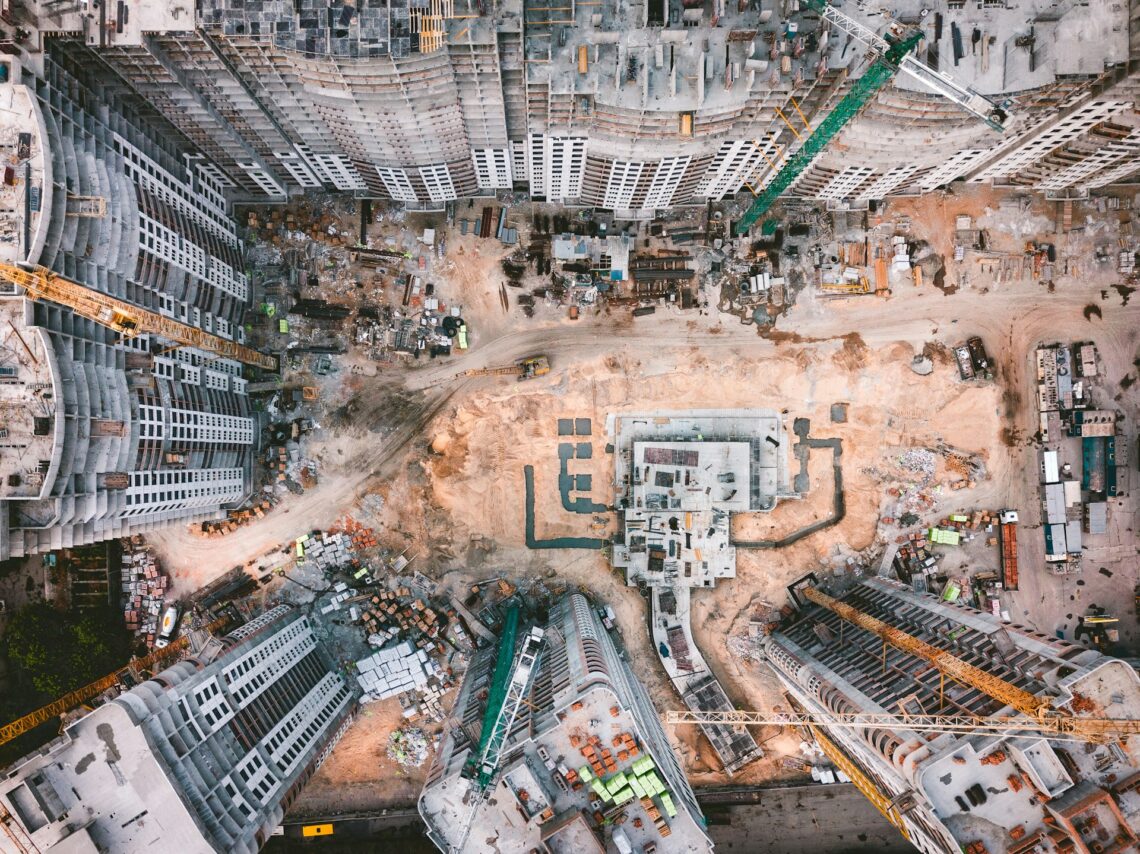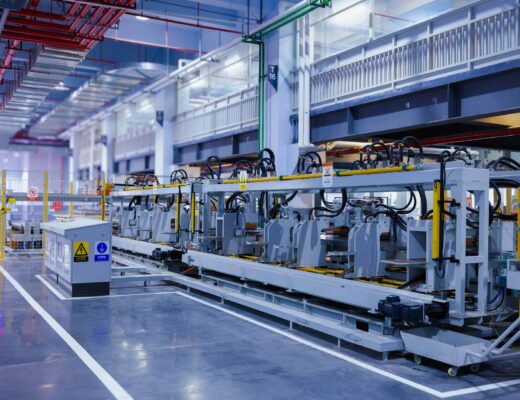Foundations are the backbone of any infrastructure project, and pile driving plays a pivotal role in ensuring stability, durability, and strength.
Whether it’s towering skyscrapers, expansive bridges, or advanced industrial facilities, pile construction is the silent hero in the world of heavy civil engineering. This blog will explore the indispensable role of pile driving in modern infrastructure projects and explain why it remains vital for infrastructure support.
What is Pile Driving?
Pile driving is the process of installing long, slender columns known as piles into the ground to provide foundational support for structures. These piles, which can be made of materials like concrete, steel, or wood, penetrate deep into the subsurface to transfer the weight of the structure above to a solid layer of soil or bedrock below.
The technique provides the stability and resilience needed to support heavy loads, making it an essential step in large-scale construction in both urban and rural settings. From supporting bridges and wharves to high-rise buildings and wind farms, pile driving forms the foundation for virtually all modern infrastructure projects.
The Importance of Pile Driving in Modern Construction
Pile construction is not just a routine element of heavy civil engineering; it is a meticulous and deliberate method designed to withstand various challenges and ensure long-lasting structural integrity. Below, we’ll explore why it’s so vital.
Ensuring Infrastructure Support in Challenging Environments
One of the greatest benefits of pile driving is its ability to adapt to a wide variety of soil and terrain conditions. Soft, unstable, or loose soils cannot often carry the weight of large structures.
By driving piles deep into harder, denser layers of soil or rock, even the most massive engineering marvels can endure for generations without shifting or settling.
For example:
- Coastal Projects: Bridges and piers built over water heavily rely on pile driving to stabilize structures in soft, wet, or sandy soils.
- Urban Areas: High-rise buildings require robust foundations to distribute their significant loads evenly and protect against instability.
Enhancing Safety and Stability
Natural disasters, such as earthquakes or hurricanes, can jeopardize poorly supported infrastructure. Fortunately, modern pile-driving techniques help mitigate these risks by offering:
- Force Distribution: By dispersing structural loads into deeper, stable soil, piles ensure the foundation can withstand both vertical and lateral forces.
- Resilience to Seismic Activity: Pile systems are often designed to handle vibrations and movements caused by earthquakes.
- Resistance to Erosion: Offshore and waterfront structures benefit from piles that are resistant to erosion from water and waves.
Extending the Lifespan of Structures
Properly installed piles serve as a long-term investment for infrastructure projects by significantly extending their usability. Durable foundations ensure that buildings, bridges, and other installations remain safe and operational over decades, reducing the need for frequent maintenance or costly reconstructions.
Key Materials Used in Pile Construction
The choice of piling material depends on factors like soil type, load demands, and environmental conditions. Here’s a quick breakdown of common materials:
- Concrete Piles
- Ideal for heavy loads and permanent structures.
- Offers resistance to corrosion and durability over time.
- Steel Piles
- Excellent for driving into dense materials like rock.
- Preferred for marine applications due to high load resistance.
- Timber Piles
- Traditionally used for lighter structures in softer soils.
- A cost-effective and sustainable option in certain conditions.
Each material brings unique strengths to the table, making it essential to analyze project requirements during the planning phase.
Technology and Innovations in the Field of Pile Driving
The evolution of pile construction has been significantly influenced by advancements in technology. Today’s heavy civil engineering projects leverage cutting-edge solutions to increase efficiency and accuracy in pile driving.
- Vibratory Hammers
Reduce noise and environmental vibrations, making them ideal for urban projects.
- Hydraulic Equipment
Provides greater precision and power, ensuring piles are driven to exact depths.
- Dynamic Load Testing
Enables real-time monitoring of pile performance and installation, reducing errors and ensuring quality control.
Click here to read about the latest technologies making pile driving faster, safer, and more sustainable.
Applications of Pile Driving in Infrastructure Projects
Here’s how pile driving is shaping various sectors within heavy civil engineering:
1. Transportation Infrastructure
From bridges to railways, transportation projects are one of the biggest beneficiaries of pile construction. Piles provide the critical stability needed to handle traffic loads and span challenging terrains like rivers or wetlands.
2. Industrial Installations
Factories, power plants, and offshore oil rigs often rely on piles to anchor these massive structures securely. The heavy loads and high-risk environments make piling indispensable.
3. Renewable Energy
Offshore wind farms and solar panel installations are growing in popularity, and pile-driven foundations are the most reliable method for anchoring these projects in unstable soils.
4. Urban Developments
Skyscrapers, parking garages, and residential complexes in bustling metropolitan areas require advanced piling systems to support their vast weight and adapt to confined spaces.
Challenges and Solutions in Pile Driving
Despite its numerous advantages, pile construction comes with unique challenges:
- Noise and Vibrations
Urban environments often place strict noise restrictions on construction. Modern vibratory hammers and noise barriers are effective solutions.
- Environmental Concerns
Driving piles in sensitive ecosystems may disturb local habitats. Techniques such as pre-drilling and using eco-friendly pile materials can minimize impacts.
- Time and Cost Constraints
Large projects can require thousands of piles, leading to extended construction timelines. However, automated equipment has significantly reduced installation times.
Why Pile Driving Will Continue to Shape the Future of Infrastructure
Pile driving continues to demonstrate its unparalleled importance in the field of heavy civil engineering. With its ability to ensure infrastructure support, enhance safety, and withstand environmental challenges, this practice remains at the forefront of modern construction.
Furthermore, innovations like AI-powered monitoring systems and sustainable piling materials are paving the way for even more efficient and eco-conscious solutions. Businesses and governments investing in these advanced techniques will benefit from not only immediate performance advantages but also long-term sustainability.
Build Foundations That Last
Whether you’re constructing monumental transportation networks or developing urban infrastructure, pile driving is, without a doubt, the foundation of successful projects. By leveraging the latest techniques and materials available, heavy civil engineering professionals can ensure the resilience, efficiency, and longevity of their structures.
Looking to learn more or implement modern pile-driving methods in your next project? Contact us today for expert consultation and tailored solutions in pile construction.






